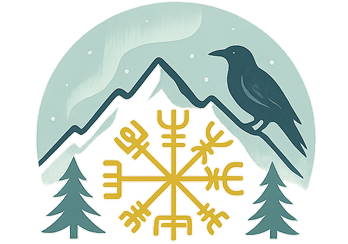Exploring Oslo offers you a chance to discover unique Norwegian handicrafts that reflect the country’s rich traditions. From beautiful woodwork to intricate textiles, these items make perfect souvenirs or gifts.
Some of the best places to buy Norwegian handicrafts are in shops throughout the city. These shops showcase the talent and creativity of local artisans.
In areas like the Norwegian Folk Museum, you will see a variety of traditional crafts displayed and available for purchase. Additionally, shops like Husfliden offer a great selection of handmade items that truly represent the spirit of Norway and Scandinavia.
Whether it’s a hand-knit sweater or a beautifully crafted piece of jewelry, you are sure to find something special that captures the essence of your Oslo experience.
If you want to take a piece of Norwegian culture home with you, don’t miss out on visiting some of these local craft shops. Each item tells a story and connects you to the country’s heritage.
Get ready to immerse yourself in the vibrant world of Norwegian handicrafts while you explore the charm of Oslo.
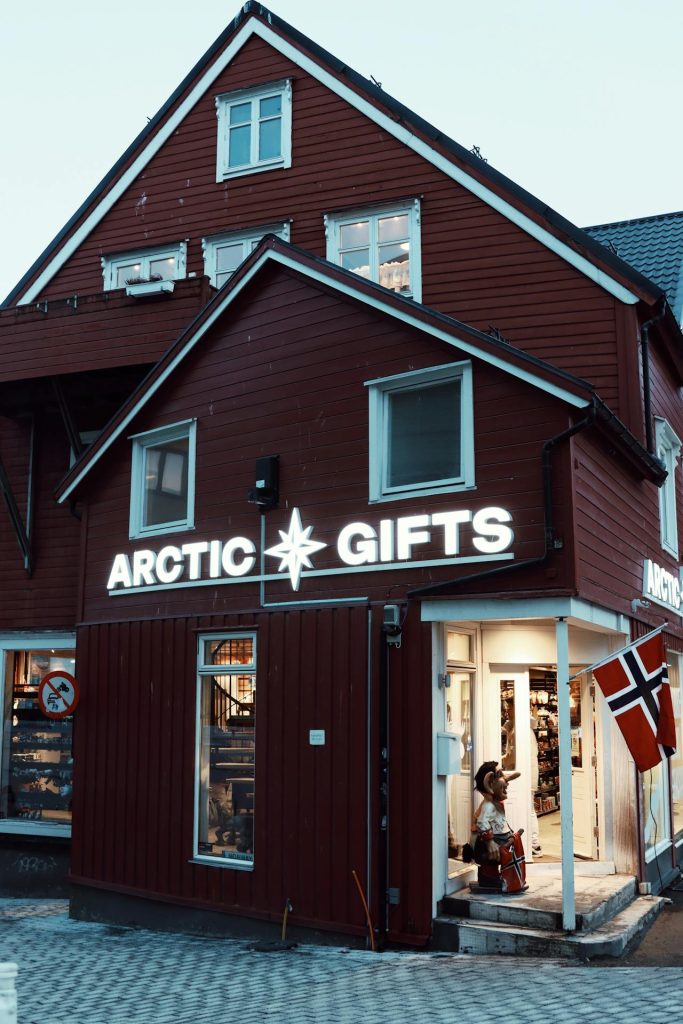
History of Norwegian Handicrafts
Norwegian handicrafts have a rich history that reflects the culture and traditions of the country. The techniques and designs have been passed down through generations, showcasing the skills and creativity of artisans.
Traditional Techniques
Traditional Norwegian handicrafts include knitting, weaving, and wood carving. These methods often use natural materials like wool, wood, and leather.
In rural areas, families would produce items for daily use, like clothing and tools. Hand-knit sweaters, known as “lusekofta,” feature unique patterns that signify regional styles.

Woodworking has deep roots in Norway. Carved items, like trolls or decorative furniture, also tell stories about the land and its folklore.
You can find many of these traditional crafts in local shops around Oslo. Each piece offers a glimpse into the craftsmanship and dedication involved.

Influence of Scandinavian Design
Scandinavian design heavily influences modern Norwegian handicrafts. This style focuses on simplicity, functionality, and beauty.
In the 20th century, designers began to blend traditional methods with modern aesthetics. This helped to create contemporary pieces that retain the charm of Norwegian artistry.
Today, you will find a mix of old and new in handicrafts. The use of clean lines, muted colors, and minimalism can all be seen in current works.
By visiting craft shops in Oslo, you can see how these influences come together. Each item tells a story, connecting you to both tradition and modern creativity.
Types of Norwegian Handicrafts
Norwegian handicrafts are known for their unique styles and traditional techniques. You can find a variety of beautiful items that reflect Norway’s cultural heritage. Here are some key types of handicrafts to explore during your visit.
Textile Crafts
Textile crafts are a vibrant part of Norway’s artistic tradition. You can discover items like colorful garments, sweaters, and dresses made from high-quality wool and cotton. These textiles often feature traditional Norwegian patterns and motifs, such as the iconic fair isle designs.
Handmade blankets, tablecloths, and wall hangings are also popular. Many craftspeople take pride in using sustainable practices. When you purchase these products, you’re also supporting local artisans and their commitment to preserving Norwegian culture.
Some shops like Husfliden offer a variety of these textile crafts. You’ll find items that not only look good but also tell a story.
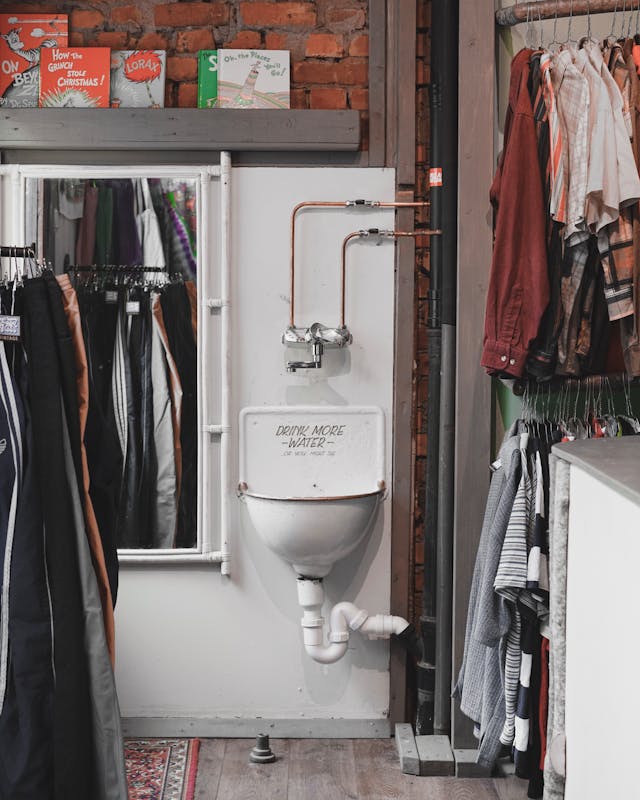
Woodworking and Ceramics
Woodworking is another significant aspect of Norwegian craftsmanship. Artisans create beautifully designed furniture, utensils, and decorative pieces from local woods, such as pine and birch. Each piece often showcases intricate carvings, bringing nature indoors.
In addition to woodworking, you’ll find unique ceramic items. These can include dishware, vases, and tiles decorated with traditional patterns. Artisans often use local clay and glazes, giving the ceramics an authentic touch.
Shops like the Norsk Folkemuseum have great selections of both wooden and ceramic items. These crafts not only enhance your home but also connect you to Norway’s rich history.
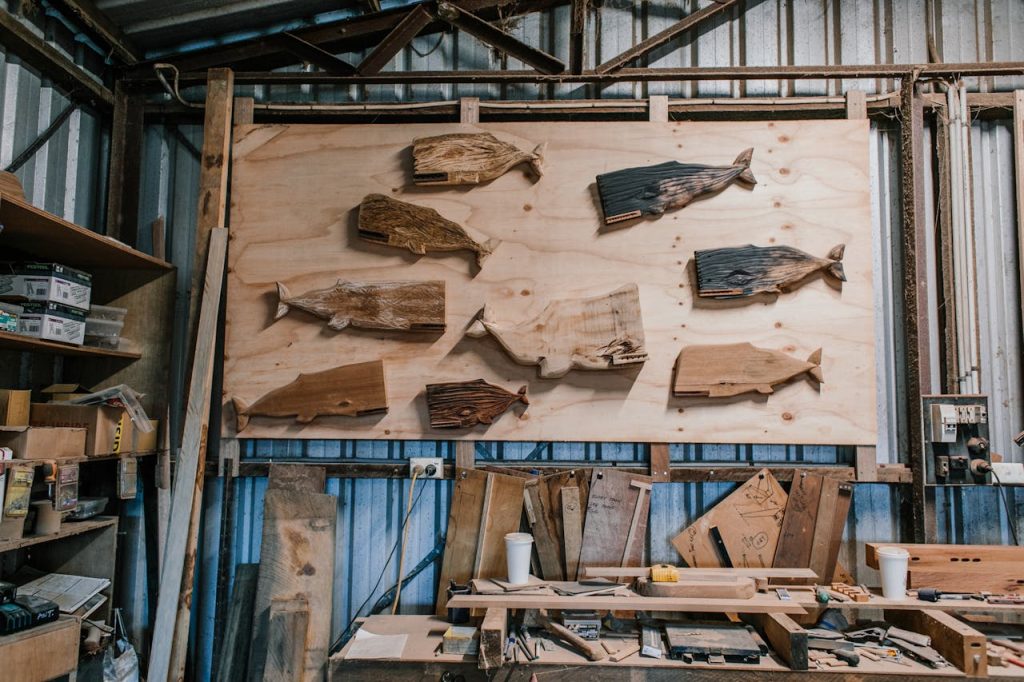
Metal Works and Jewelry
Metal works are essential to Norwegian handicrafts. You can find stunning jewelry made from silver, bronze, and other metals. Many pieces reflect historical influences and cultural symbols, such as ancient Viking designs.
Artisans often combine different materials, creating striking contrasts in their work. You might see rings, bracelets, and necklaces that feature gemstones or enamel.
Shops like Fru Kvist are fantastic places to find metal crafts and jewelry. Owning a piece of this craftsmanship allows you to carry a bit of Norway‘s artistic spirit with you.
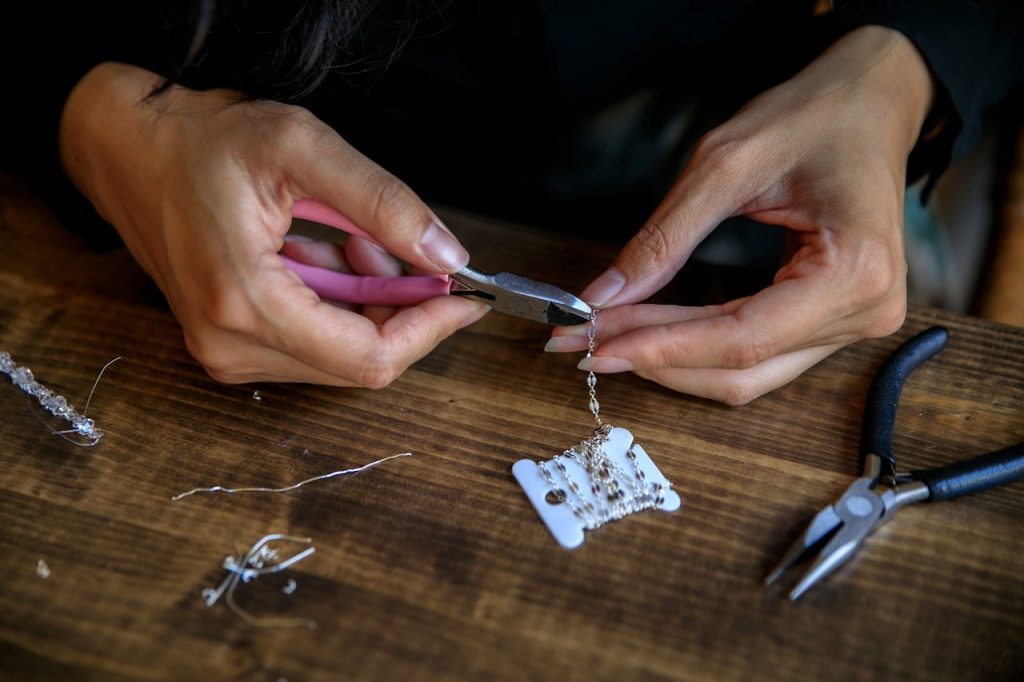
Shopping for Handicrafts in Oslo
Oslo offers a vibrant shopping scene for those looking to buy unique Norwegian handicrafts. You can explore local markets, specialty stores, and museum gift shops that showcase the rich traditions of Norwegian craftsmanship.
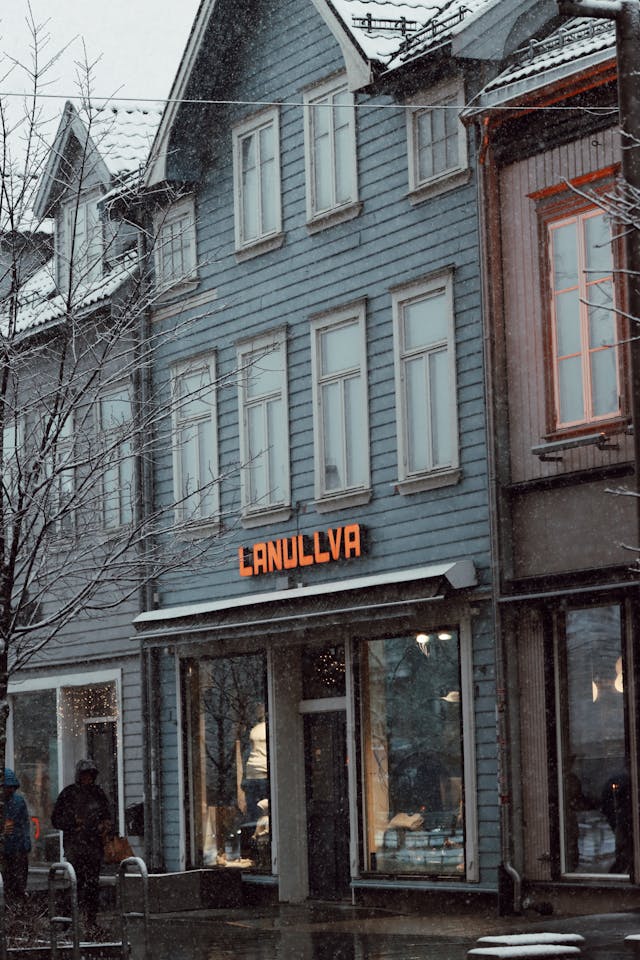
Local Markets and Festivals
In Oslo, local markets and festivals are fantastic places to find handicrafts. Check out the Mathallen Oslo, a food hall that often features artisans selling handmade items.
During the summer months, you might visit outdoor markets like the Oslo Handmade Market, where local craftspeople display their work.
These venues often have rotating vendors, so you’ll discover a mix of items such as knitted goods, ceramics, and jewelry. Engaging with the makers can also provide insights into the techniques and stories behind each piece. Don’t forget to enjoy the lively atmosphere while you shop!
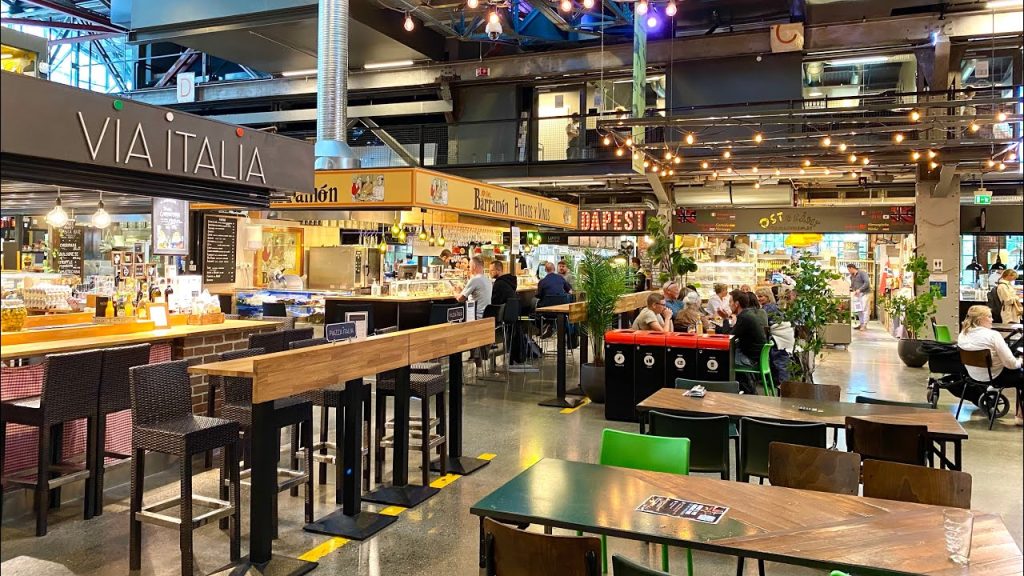
Specialty Craft Stores
Oslo is home to several specialty craft stores where you can find authentic Norwegian handicrafts. One well-known place is Husfliden, which offers a variety of traditional items including bunads (national costumes) and handwoven textiles. This store celebrates Norwegian heritage with its carefully curated collection.
Another option is Fru Kvist, known for its handmade jewelry and local artwork. You can also explore stores like Sømsenteret and Christ Engebretsen & Søn for textiles and craft supplies. Each of these shops provides a unique glimpse into the craftsmanship that is a part of Norwegian tradition.
Museum Gift Shops
Don’t overlook the gift shops at Oslo’s museums for unique handicrafts. For example, the Viking Ship Museum (who is temporarily closed of pity, however not for a long time) has items inspired by Viking designs, such as replicas and handcrafted items. The National Museum also offers beautiful artwork and crafts reflecting Norway‘s artistic heritage.
These shops often carry things that you won’t find elsewhere. By purchasing items here, you’re not only taking home a piece of Norwegian culture, but also supporting local artisans. Each purchase helps keep traditional crafts alive while allowing you to cherish your visit to Oslo.
Norwegian Clothing and Accessories
When you visit Oslo, you’ll discover a range of unique clothing and accessories that reflect the country’s rich heritage. From traditional costumes to modern fashion, there’s something for every taste.

Bunad: The Norwegian National Costume
The Bunad is a traditional Norwegian costume celebrated for its intricate designs and vibrant colors. Each region in Norway has its own version of the Bunad, showcasing distinctive patterns and embroidery.
You can find Bunads at specialized shops throughout Oslo. Many offer rental services, allowing you to wear these beautiful garments during festivals or special occasions.
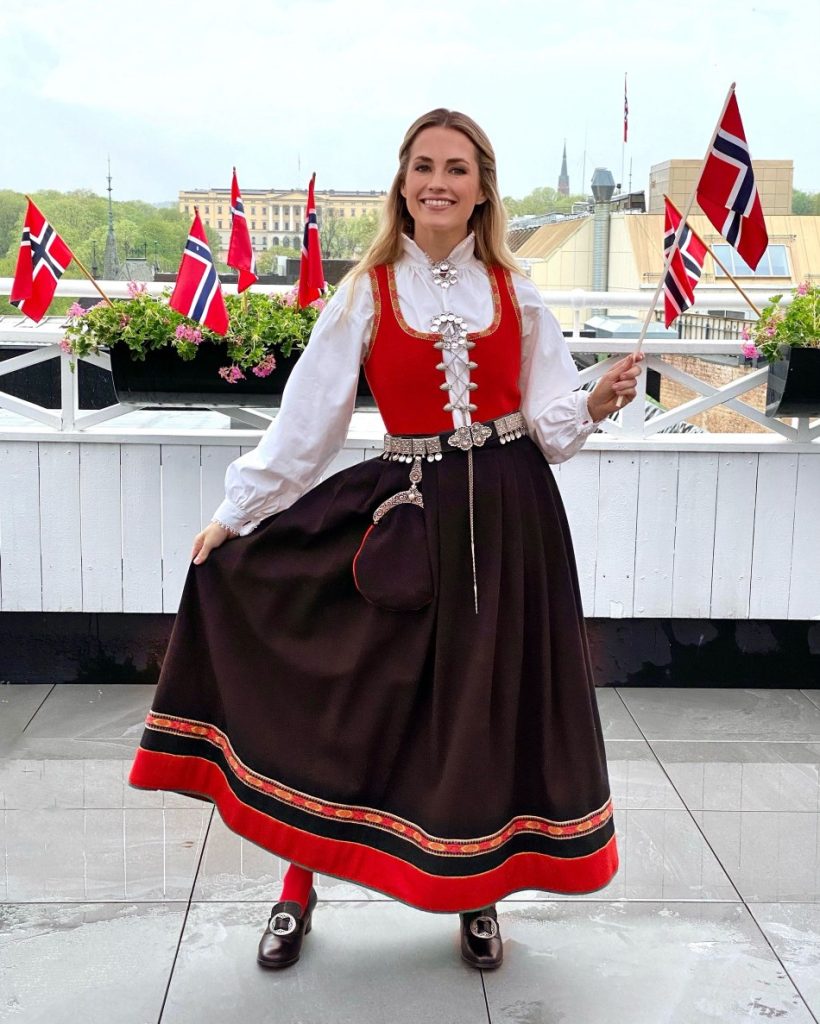
In addition to the costume itself, you can also buy matching accessories, such as silver jewelry and decorative pins. These pieces enhance the elegance of the Bunad and make your outfit truly stand out.
Contemporary Norwegian Fashion
Oslo is home to a thriving contemporary fashion scene. Shops feature modern designs that often blend traditional Norwegian elements with current trends.
Look for cozy wool sweaters, which are perfect for the chilly climate. They often have local motifs and high-quality craftsmanship.

You can also find stylish dresses that reflect Norway’s love for nature. Many designers use sustainable materials, emphasizing eco-friendly fashion.
Don’t forget to explore local boutiques that offer unique accessories, including bags and scarves. Each piece adds a touch of Norwegian flair to your wardrobe, making it memorable and special.
Norwegian Cuisine-Inspired Handicrafts
When exploring Norwegian cuisine-inspired handicrafts, you’ll discover items that reflect the heart of Norway’s culinary traditions. These handcrafted pieces are not just practical; they also carry stories of the rich heritage behind them.
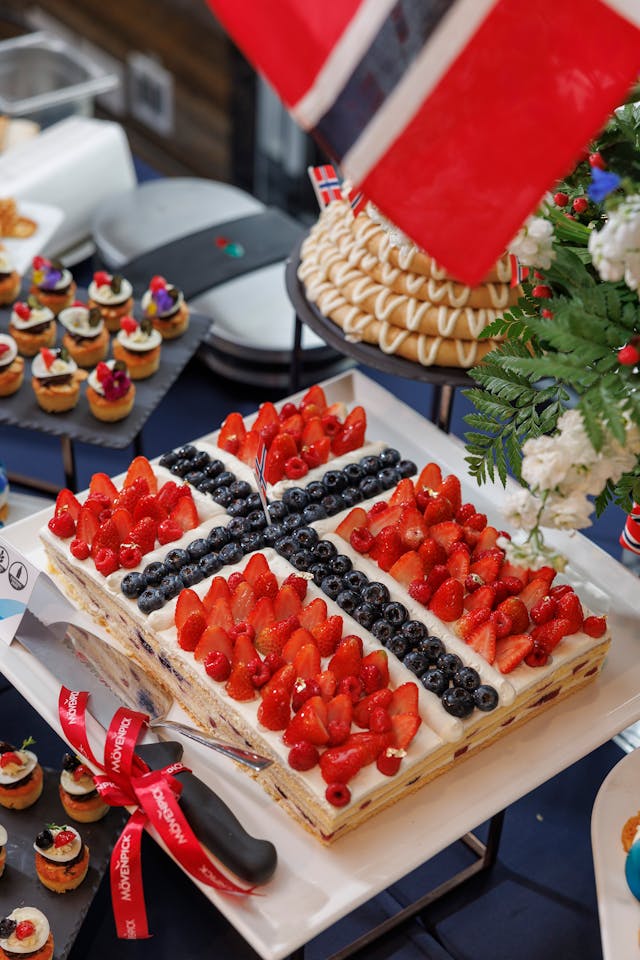
Cheese Slicers and Serving Boards
Cheese plays a big role in Norwegian culture, and traditional cheese slicers are must-haves in any kitchen. These slicers are often crafted from high-quality wood or stainless steel, offering you both beauty and function.
Serving boards made from local woods like birch or oak are also popular. These boards make for elegant presentations of your favorite cheeses, bread, and fruits.
You can often find unique designs featuring traditional Norwegian patterns, adding a lovely touch to your servingware. Purchasing these items not only supports local artisans but also brings a piece of Norway’s culinary culture into your home.
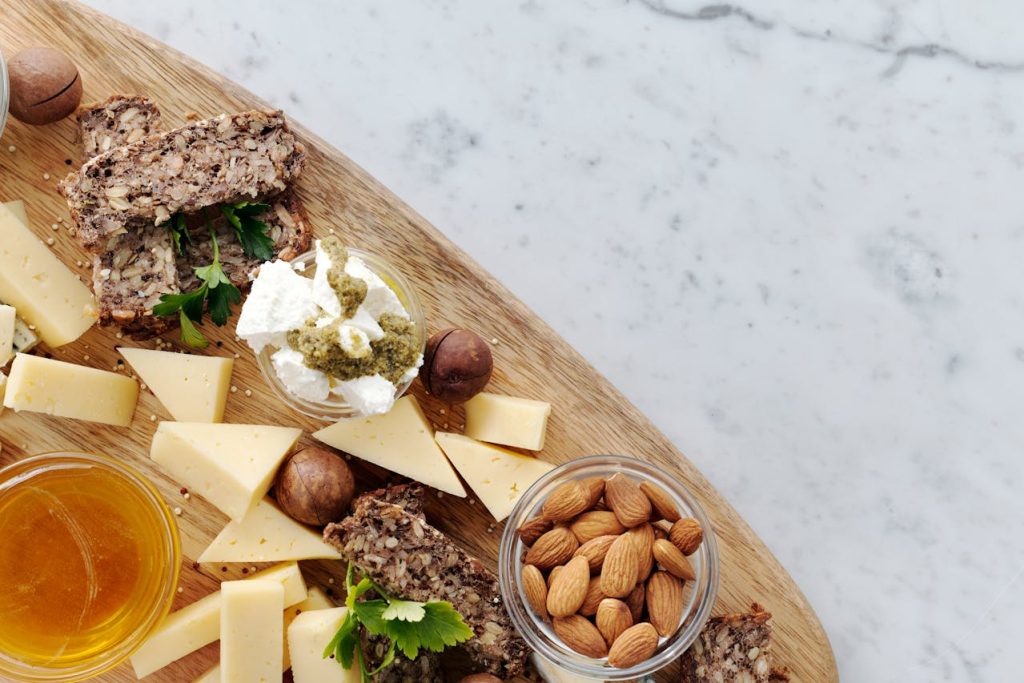
Herring Forks and Fish Textiles
Herring is another beloved aspect of Norwegian cuisine, often enjoyed pickled or as part of various dishes. Herring forks, typically made from stainless steel, are both stylish and practical, perfect for serving this tasty fish.
Accompanying these forks, you might want to explore textiles that feature fish designs. Look for kitchen towels or table linens adorned with images of herring or the fjords, celebrating Norway’s fishing heritage.
These textiles are not only functional but also add a burst of color and character to your kitchen. They serve as great conversation starters when hosting family and friends. By choosing these items, you celebrate both tradition and design in your culinary experiences.
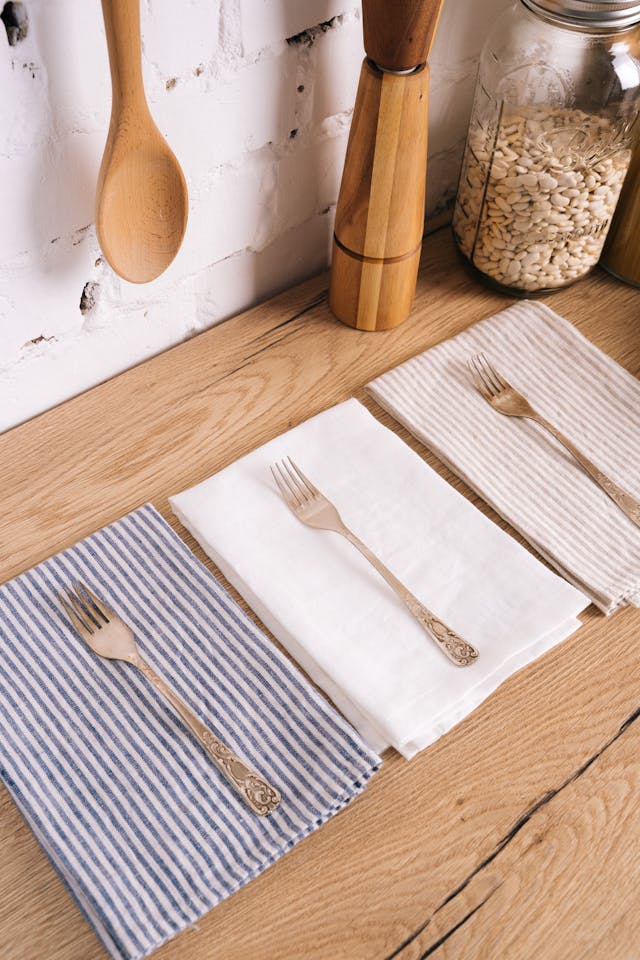
Caring for Your Norwegian Handicrafts
Your Norwegian handicrafts are not just decorative items; they hold cultural significance and memories. Proper care will help keep them looking beautiful for years to come.
Cleaning and Maintenance
To keep your handicrafts in top shape, start with regular cleaning. Dust your items gently with a soft cloth or a microfiber duster.
For wooden pieces, avoid using water directly. Instead, use a slightly damp cloth followed by a dry one.
Pay attention to any intricate details. You might consider using a soft brush to clean carvings or tight spaces. For textiles, follow the care instructions. Most can be hand washed in cold water using mild detergent.
Store your items away from direct sunlight to prevent fading. If you have delicate items, consider keeping them in a display case for protection.
Insurance for Valuable Items
If you own valuable Norwegian handicrafts, it’s wise to think about insurance. Check with your insurance provider about adding these items to your policy.
Document your collection with photographs and appraisals. This will help in case of theft or loss.
Create a list that includes:
- Feature: Description of each item
- Type: Category such as textiles, wood, or ceramics
- Insurance: Estimated value and coverage details
Insuring your handicrafts provides peace of mind and ensures their value is protected.
Authenticity and Craftsmanship
When looking for Norwegian handicrafts in Oslo, it’s essential to understand what makes these items genuine. You’ll discover features that reflect the rich traditions of Norway and the skills of local artisans. Appreciating the craftsmanship involves recognizing the unique elements that tell the story behind each piece.

Recognizing Genuine Handicrafts
To identify authentic Norwegian handicrafts, look for specific features. Many pieces showcase traditional designs, often inspired by Norway’s nature and folklore.
Key points to note include:
- Patterns: Look for unique patterns like rosemaling or traditional knit designs.
- Materials: Authentic crafts often use natural materials such as wool, wood, or metal.
- Logos and Tags: Trustworthy stores will display logos from organizations that support genuine craftsmanship.
Take your time when browsing shops like Heimen Husfliden or Dale of Norway. Ask questions and learn about the history behind each item. This way, you can ensure you are purchasing a true representation of Norwegian art.
Supporting Local Artisans
Purchasing handicrafts isn’t just about owning a product; it’s about supporting the talented artisans who create them. Many local craftspeople rely on sales to sustain their livelihoods and keep their traditions alive.
When you buy from local shops, consider:
- Craft Survival: Your support helps maintain traditional crafts in a fast-paced world.
- Personal Connection: Many artisans offer personal stories with their products, creating a deeper connection.
- Unique Pieces: Each item is often handmade, ensuring that what you buy is one-of-a-kind.
By choosing to invest in local handicrafts, you are helping preserve Norway’s cultural heritage while bringing a beautiful piece of it into your home.

Tips for Tourists
Shopping for Norwegian handicrafts can be a fun experience. To make the most of your visit to Oslo, here are some helpful tips about purchasing items and understanding cultural practices.
Shipping and Handling
When buying larger handicrafts, consider shipping options. Many stores offer shipping services, which is convenient for items like furniture or large art pieces.
Before making a purchase, ask about the shipping costs and delivery times.
It’s also good to know that some shops may package your items securely for travel. Inquire if they offer protective wrapping for fragile items.
If you are shopping in bulk, you might receive discounts on shipping or packaging.
Check for any import duties if you plan to bring items back to your home country. Keep receipts and documentation to simplify the customs process when you return.
Cultural Etiquette and Practices
While shopping, your behavior can make a positive impression. Norwegians appreciate politeness and a friendly demeanor.
When entering a shop, greet the staff warmly. A simple “hei” (hi) goes a long way.
When discussing items, show genuine interest in the craftsmanship and the traditions behind them. Many artisans have deep ties to their work, and they enjoy sharing stories.
Respect the shop’s customs, such as no haggling, which can be common in markets elsewhere.
Lastly, be mindful of sustainability. Many Norwegian handicrafts are made from natural or recycled materials.
Supporting local artisans means promoting eco-friendly practices, which is central to Norwegian culture.
Handicraft Workshops and Classes
Oslo offers a variety of workshops and classes where you can immerse yourself in traditional and modern Norwegian handicrafts. This is a great way to learn hands-on skills while enjoying the local culture and design.
Learning Traditional Crafts
In Oslo, you can participate in workshops focused on traditional crafts such as knitting, rosemaling, and wood carving.
Places like Heimen Husfliden provide expert guidance to help you understand age-old techniques.
You can learn to create beautiful patterns and designs, connecting with Norway’s rich heritage.
Many of these classes also include videos that demonstrate techniques, making it easier for you to follow along.
Hands-on practice is key, so expect to work on projects that you can take home as a reminder of your experience.
Discovering Modern Techniques
If you’re interested in contemporary crafts, Oslo has plenty to offer. Workshops focus on modern techniques like textile design and ceramic art.
At locations such as Wabi Sabi As, you can explore innovative designs and colors to create unique pieces.
Classes often combine traditional methods with new ideas. This gives you the chance to experiment and find your style.
You’ll also work alongside local artists. This lets you gain insights into the creative process. Enjoy the friendly atmosphere as you embark on your crafting journey!
